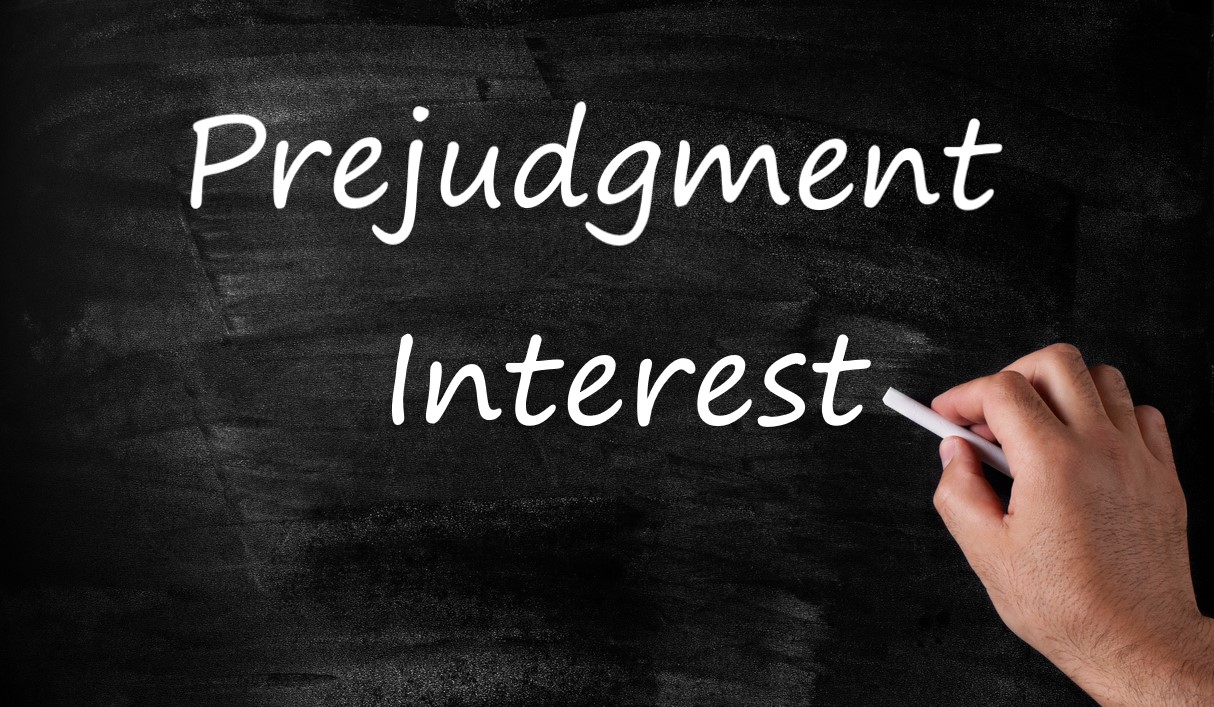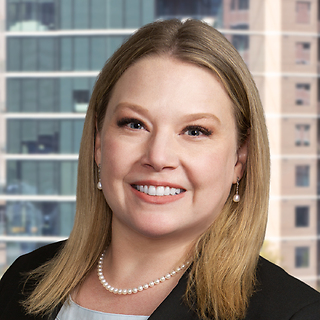Hundreds of thousands of businesses are still struggling to repair the damages caused by Super Storm Sandy. In New York, claimants will be told that their policies only cover business income losses during the period of time that it would take a “reasonable business” to return to its pre loss operational performance and that repairs shouldn’t take this long. The measuring stick in New York, however, is not as rigid and it considers the actual facts and circumstances that affect the rebuilding or repair efforts.
The “Period of Restoration” in a business interruption claim is a concept of time. Under most commercial insurance policies, it begins at the time of
- “direct physical loss or damage” and ends on the earlier of “the date when the property should be repaired, rebuilt, or replaced with reasonable speed and similar quality.
- […] or “the date when the business is resumed at a new permanent location.”
There is normally little debate as to when the period of restoration begins – the date of the loss. The debate heats up in determining when the period ends as its finality is defined by a theoretical or subjective premise – the time that it would take to repair or replace the damage “with reasonable speed or similar quality” and return the business to its pre-loss operational capability.
When an insured rebuilds “as it was” (same location with similar quality of operations before the loss) the actual period of recovery governs the measurement even if the theoretical period was estimated to be shorter. However, when the insured does not rebuild at all, or does not rebuild “as it was,” courts will apply the theoretical period of recovery based on how long it would have taken for a reasonable person to repair the damaged property.
The question is: How fast is the commercial policyholder required to repair or rebuild the insured property in New York?
Anchor Toy Corp. v. American Eagle Fire Insurance1 considered this issue. In Anchor Toy, the insured’s factory burned to the ground. The insured did not rebuild the site. Instead, the insured directed its energies to purchasing another factory, but the deal fell through and the insured gave up on resuming operations.
After considering expert testimony with respect to the time it would theoretically take to rebuild and resume operations, the Court then held that:
It is defendants’ contention that the building to be rebuilt would be an exact duplicate of this structure. The detailed description would reduce the time to be spent on architectural services to a minimum. This premise is however at fault. The rebuilding contemplated by the policy is the replacement that would actually follow after a disaster. It is beyond the bounds of reasonable contemplation to expect that a replacement structure would ignore all progress in the art and slavishly retain any proven disadvantage. It must be the intent of the policy that the new building to be erected would be modern as well. Doubtless if an extraordinary additional time would be required to include improvements or innovations these would not be included. It would follow that an architect’s services and time for their performance would be needed.
In rejecting the rigid formula that the carrier proposed, the court went on to state:
Actual construction would take twenty-two weeks. Installation of machinery was fixed at six weeks, but one week of this would coincide with the completion of the building. This totals thirty-eight weeks. This is the time it would take to replace the structure providing the building was put up by the experts in the court room. But buildings seldom are. In the field it snows, and men fall off girders, and the wrong size window glass is delivered. An estimate of eight weeks for these contingencies is not believed to be excessive.
One of my earlier blog posts, Can "Real World Circumstances" Be Considered To Establish a Theoretical Period of Restoration? – Understanding Business Interruption Claims, Part 26, highlights an article published by the American Bar Association titled Business Interruption Insurance: Calculation of the Period of Restoration Must be Informed by Post Loss Challenges, where it was noted that:
Anchor Toy stands for the straightforward proposition that even where a property owner does not rebuild, it still may recover its business interruption loss as if it had rebuilt. This is important protection because after a major loss, businesses may face difficulties securing financing, worker attrition, a diminished market, or other challenges that stand in the way of a return to profitability. When faced with such challenges, insureds may decide that it is economically or otherwise impractical for them to repair or rebuild lost property. In such instances, the theoretical period of restoration makes insurance recovery possible. By taking into account real-world circumstances when calculating the theoretical period of restoration, however, the insured likely can obtain all the benefits due under the policy.
Another opinion that considers the challenges an insured may face after a devastating catastrophe is SR International Business Insurance Company v. World Trade Center Properties,2 In SR International the insured argued where the insured property was located inside the World Trade Center, rental value claims should be computed via a “theoretical period” vis a vis the “actual time” it would take to rebuild the WTC site, as it was on the morning of 9/11.
While the Court held the claim loss of rent claim would be valued by an appraisal panel under a “theoretical period” to rebuild as it was on the morning of 9/11, the court also stated that the panel may:
[…] indisputably may consider “real-world circumstances” such as rental market rates or vacancy statistics for the relevant time periods after 9/11 in arriving at its valuation. Such data will undoubtedly reflect a changed, post-9/11 commercial real estate market in New York. The Appraisal Panel is entitled to give that evidence whatever weight it feels it deserves. “[Although] [t]he restoration period remains theoretical … it is not computed in a vacuum.”
In sum, both opinions allow insureds in New York to factor in “real world” contingencies which are beyond the insured’s control in calculating the theoretical period of recovery – allowing a more accurate measure of recovery even under the strictest hypothesis.
1 4 Misc.2d 364 (N.Y. Sup. Ct. 1956).
2 2007 WL 519245 (S.D.N.Y. Feb. 16, 2007).



